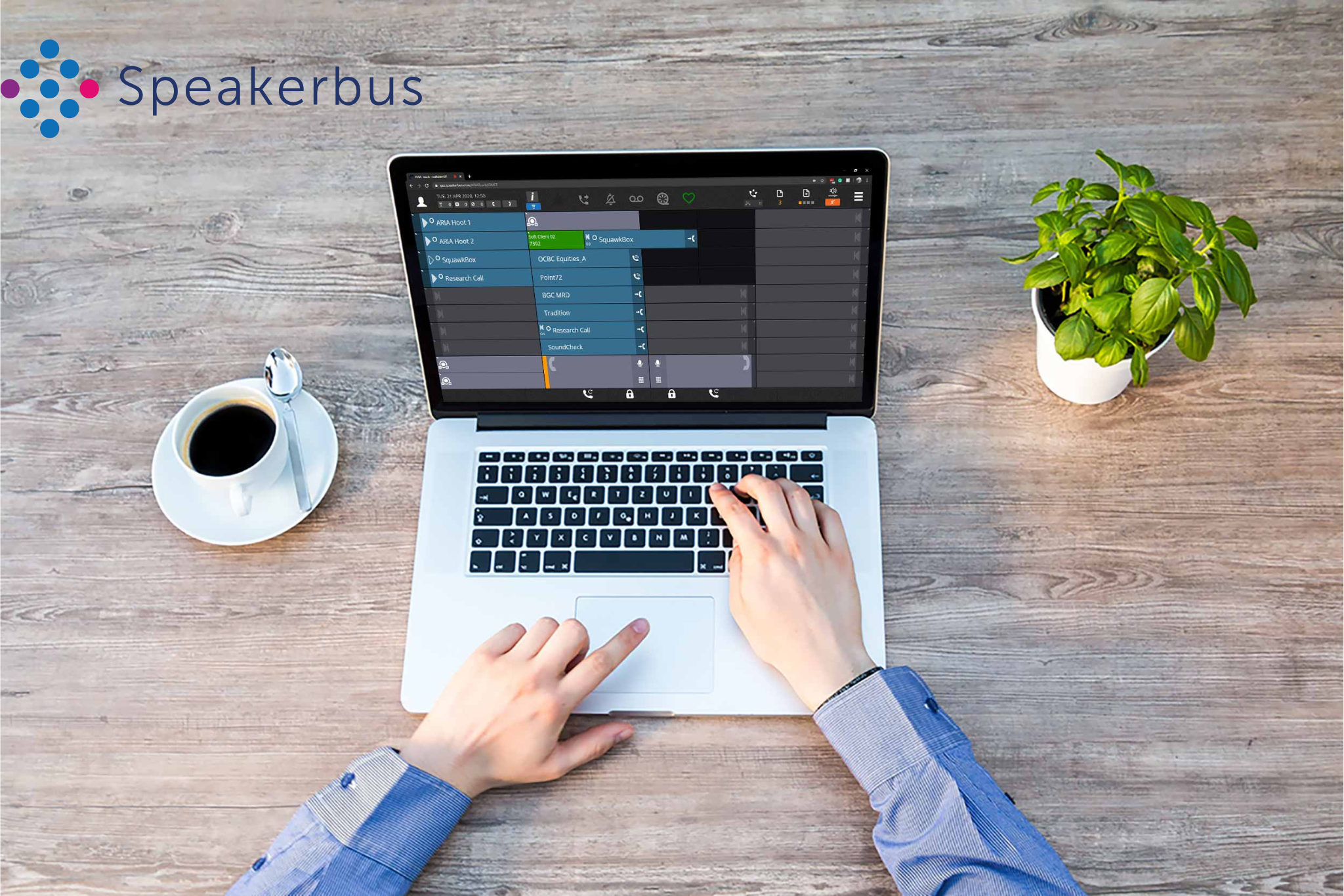
After an uncertain few years for businesses and a period of fast change in financial technology, we ask "what is the next normal for trading communications?" We discuss digital transformation, voice trading solutions and the challenges of meeting new demands.
An industry caught napping
Like Rip Van Winkle (the Dutch-American character in Washington Irving’s short story of the same name) the global pandemic woke the trader voice industry from a long slumber that began in the wake of the ’08 financial crisis. For an industry that has never been the quickest to embrace innovation, the mountain of accumulated technology debt was steep.
At the same time, that voice trading technology was making an unhurried march toward modernization, the financial markets were being transformed. The global asset management industry has more than doubled since the crisis, from US$45 to $103 trillion (source: Statista) underpinning the boom in computer-driven trading, the proliferation of liquidity venues, a rising tide of regulation and most recently the phenomenon of digital assets and a retail trading mania have brought a huge change to the way capital markets function.
At that fateful moment in March 2020 though, the digital transformation of trading communications was still in its early adopter phase. Incumbent vendor platforms were evolving incrementally given the mild appetite of their customers for change while new entrants cloud-native platforms were struggling to gain meaningful mind and market share. Then suddenly, lockdowns cascaded across the planet and everything changed.
For the financial markets, the wartime axiom that “no battle plan survives contact with the enemy” was never truer than when lockdowns started. As traders could no longer get to their offices or even designated backup sites, years of business continuity investment and planning were rendered ineffective literally overnight. Thankfully, IT professionals frantically patched together temporary solutions, traders adapted and the markets kept functioning (and indices rising) and today, most firms are at the drawing board charting the future course for their trading communications architecture.
Trading communications is complicated
Firms are wrestling with a Hydra. And the long tail of societal and work-related responses to the pandemic means that there are questions to consider far beyond the typical exercise of evaluating new technologies, architectures and user experiences.
These include:
- Cloud - while the cloud is the best way to achieve scalability, survivability and access it has potential security, regulatory and performance issues
- Community – how to efficiently connect and collaborate with all market participants
- Collaboration – creating a coherent user experience out of our omni- channel communications world when traders trade from anywhere
- Data – making the trading communications data accessible, portable and actionable
- Automation – integrate and automate trading processes and applications for hybrid work
- Security – ensuring security in an era of ever more frequent cyber threats and growing attack surfaces
- Compliance - how to monitor, capture, store and analyze all trading communications data and media
What’s next for trading communications?
In light of all of this, vendors like Speakerbus, have had to quickly recalibrate the approach, priorities and timelines for everything from underlying technology to partners to business and service delivery models.
And as we progress toward the next normal, a series of themes are informing our R&D and go-to-market efforts so that we address the challenges our customers face in digitizing and securing their trading communications environment, ensuring their trading teams are productive and their businesses compliant.
We are integrating previously distinct elements of the trader voice continuum into a cloud-first, decentralized software architecture delivered as a subscription-based service. It offers next-generation compliance with automated, real-time surveillance, reporting and analytics capabilities. Access to trading connectivity communities is built-in and offers a range of mobile soft client and hardware endpoints that can be used anywhere.
Our API enables customers to integrate all or part of their voice trading into their trading workflow. All of this will be wrapped with an intelligent service automation layer combined with options for high-touch or self-service support models that ensure systems are up, running and always available.
While the pace of innovation and adoption builds, the pandemic reminds us that technology is measured by how well it serves the people who use it. As important as computers and networks and artificial intelligence may become, human beings are the common denominator at the heart of making markets work, whether it is inventing new products, designing algorithms or building low-latency networks, managing risk, making trades or ensuring that it all happens within the rules.
Introducing Speakerbus' trading communications solutions
At Speakerbus, we continue to design and deliver innovations to help our customers to adapt to this brave new world and avoid the fate of Rip Van Winkle, who after waking up from his 20-year sleep, returned to the inn from whence he came, to resume his life of idleness.
Learn more about Speakerbus' innovative trading communications solutions and how we can help your firm to modernise its tech stack and meet new demands.



